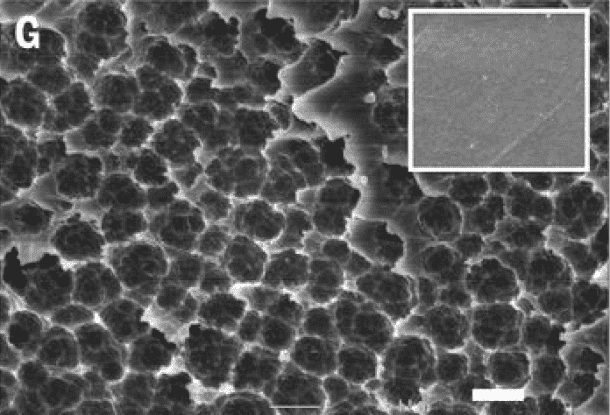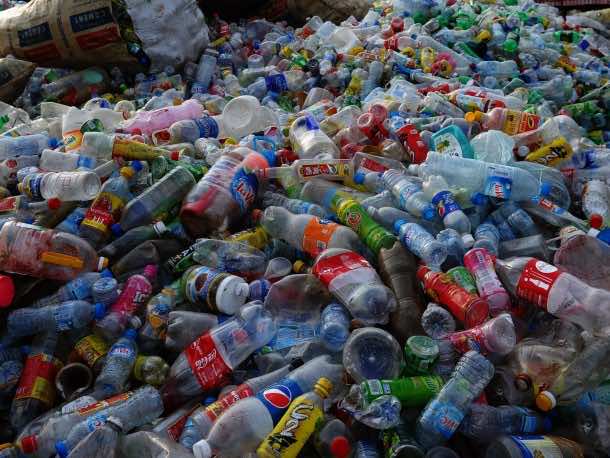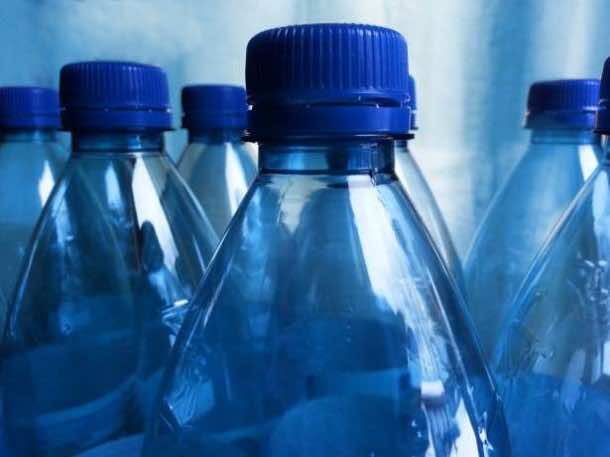A group of Japanese scientists has discovered a species of bacteria that is capable of eating plastic – the kind you can find in almost all of the disposable water bottles.
The discovery has been published in the journal, Science. It is being hoped that this study could pave the way for new and better methods to manage over 50 million tons of this particular kind of plastic that is being produced globally every year.
The plastic that is found in water bottles is known as polyethylene terephthalate (PET). It is also used in polyester clothing, blister packaging and frozen-dinner trays. Tracy Mincer – studies plastics in the ocean at the Woods Hole Oceanographic Institution in Massachusetts – said, “If you walk down the aisle in Wal-Mart you’re seeing a lot of PET.”
So, why is PET used on such an extensive level? That is because it is lightweight, colorless and strong, however the downside is the fact that is very resistant to being broken down by microbes, a process referred to as ‘biodegradation’.
Previous studies had ascertained that a few species of fungi are able to grow on PET, however no one had been able to find any microbes that could eat it until now.
The Japanese research team from Kyoto Institute of Technology and Keio University picked up 250 PET-contaminated samples that included soil, sediment and wastewater from a plastic bottle recycling site.
In the next phase, the team screened the microbes that were living on the samples to determine if anyone of them were consuming the PET to grow. At first, the team identified a consortium of bugs that were breaking down the PET film, but subsequently discovered that only one of the bacterial species was responsible for this mentioned PET degradation. It was named as ‘Ideonella sakainesis’.
More tests were carried out in the lab that helped the team to learn that it made use of two enzymes for breaking down the PET. Once it has adhered to the PET surface, the bacteria releases an enzyme onto the PET for generation of an intermediate chemical. This chemical is then consumed by the cell, where another enzyme is utilized for breaking it further and thus, providing the bacteria with energy and carbon to grow.
Researchers have further concluded that a community of Ideonella sakainesis can break down a thin film of PET over a time period of 6 weeks if the temperature is kept steady at 86 degrees Fahrenheit.
Mincer adds, “This process could be quite common. Now that we know what we are looking for, we may see these microbes in many areas around the world.”



It will be great discovery to cope the plastic waste and to save our Planet